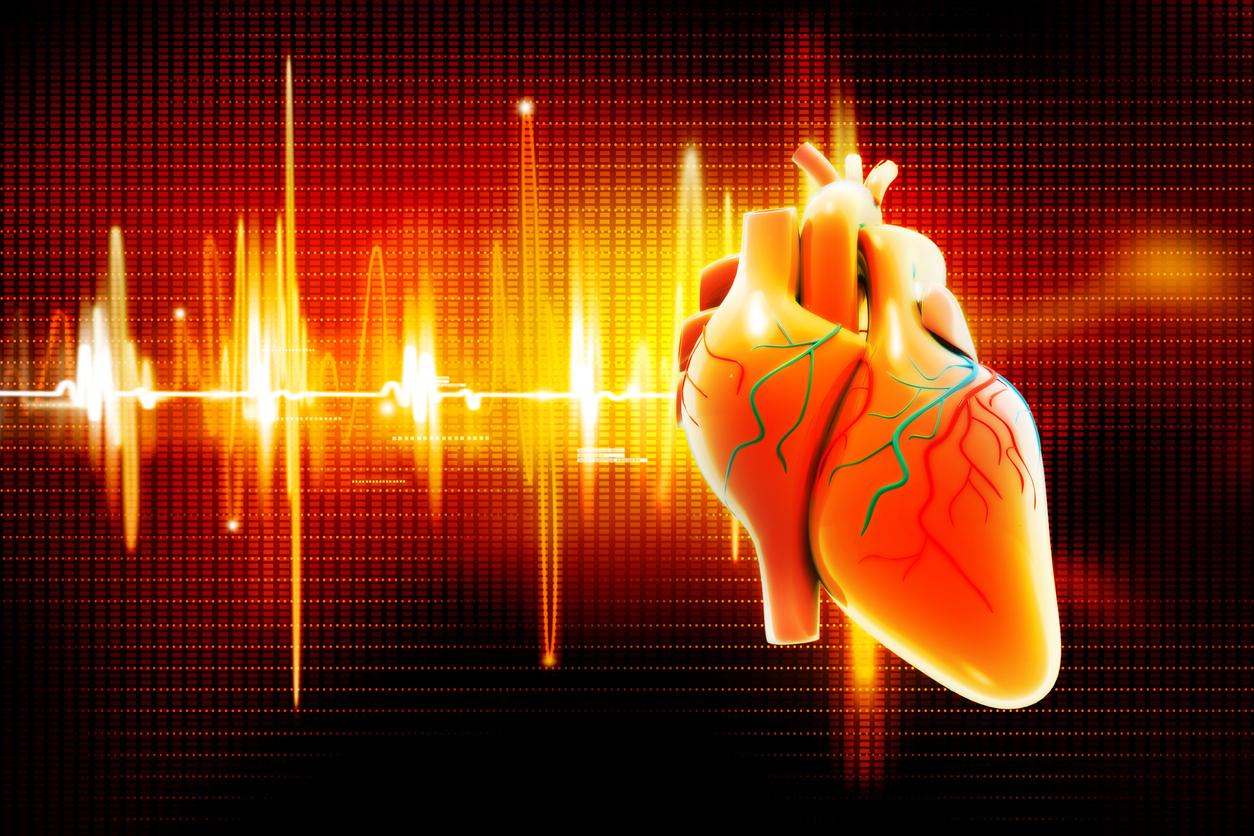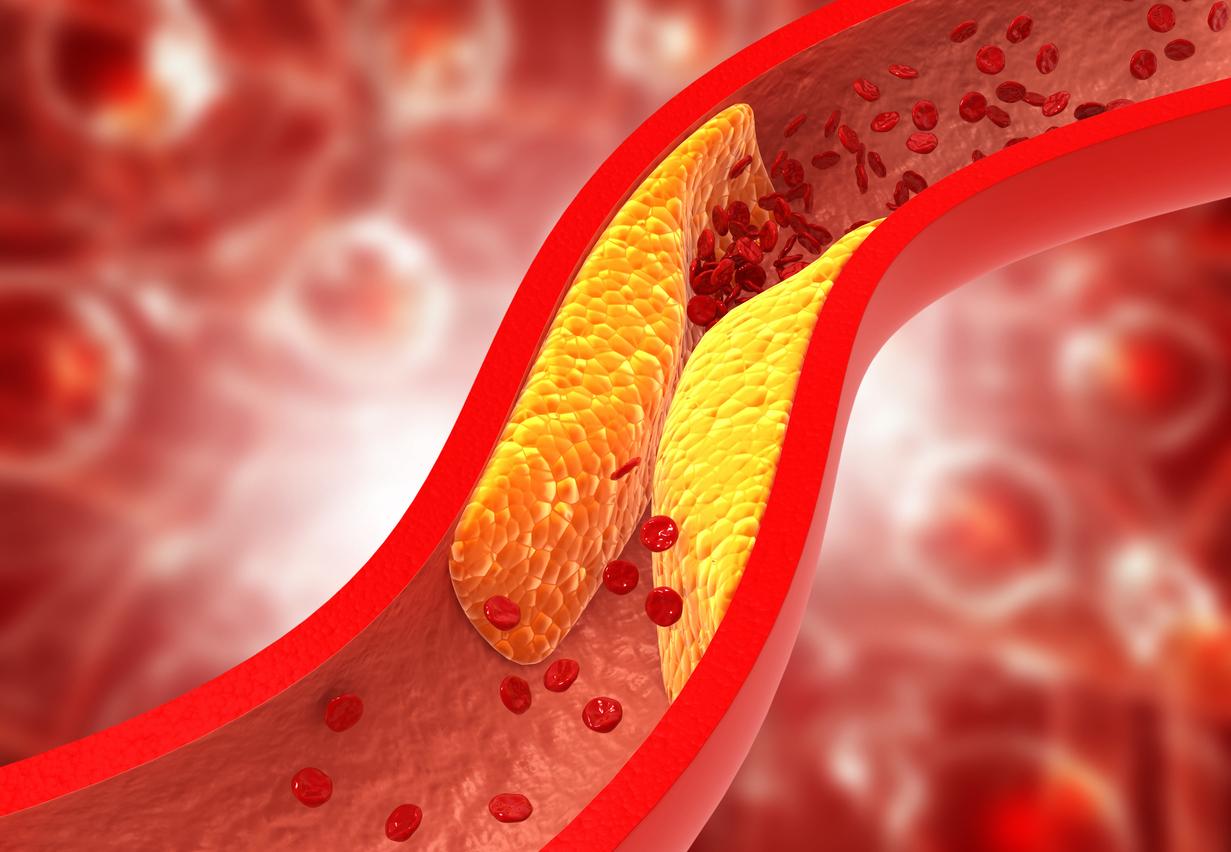Atrial fibrillation is a heart rhythm disorder that affects at least one million people in France. A new technique makes it possible to treat it by ablation while eliminating the risks associated with the methods practiced until now.

- Atrial fibrillation, a heart rhythm disorder, affects more than a million people in France.
- It can be treated by ablation, killing diseased heart cells.
- Electroporation is a new AF ablation technique that limits adverse effects.
“This is a real therapeutic revolution in the treatment of atrial fibrillation!”. The management by the new electroporation process of this disease which is a heart rhythm disorder is indeed a major challenge since a million people in France are affected and atrial fibrillation, sometimes asymptomatic, is probably under -diagnosed when it represents a real threat to the health and lives of patients.
This heart rhythm disorder actually results in poor expulsion of blood from the left atrium which can cause the formation of blood clots leading to a stroke. Without always reaching this degree of severity, atrial fibrillation is a disease which results in a deterioration in the quality of life, with symptoms such as shortness of breath, fatigue and discomfort.
Electroporation, a new AF ablation technique
Electroporation consists of applying electrical impulses to heart muscle cells – those whose degradation causes atrial fibrillation and heart rhythm dysfunction – and deactivating them by making their membrane permeable. “It’s a faster, simpler and safer procedure than other methods of treating atrial fibrillation through what’s called ablation which is actually a bad term because you don’t remove anything but that we kill the cells responsible for the arrhythmia”specifies Professor Pierre Jais, cardiologist at the Bordeaux hospital center.
This method consists of using electric current to cause micro-shocks at a very repeated rate, which kills diseased heart cells. “It is a technique which avoids damaging the cells which are around, and in particular those of the esophagus, the possibility of a fistula between the auricle and this organ, linked to other ablation techniques presents a risk which can be mortal”, underlines Pierre Jais.
Disadvantages of other AF ablation techniques
Used for several years, electroporation is gradually replacing other ablation techniques used to treat atrial fibrillation for around twenty years. “Until then, we used radio frequencies or cryotherapy methods – destruction of cells by cold – which have certain disadvantages., explains Professor Pierre Jais. And among these, poor healing of venous lesions, a risk of recurrence and especially of fistula between the atrium and the esophagus.
Electroporation, like other ablation techniques, is performed invasively by catheter through the blood vessels from the groin crease and to the heart. It must take place either after the diagnosis of atrial fibrillation has been established, which is done by an electrocardiogram, or after the failure of drug treatment of the disease based on anti-coagulants and anti-arrhythmics.
















